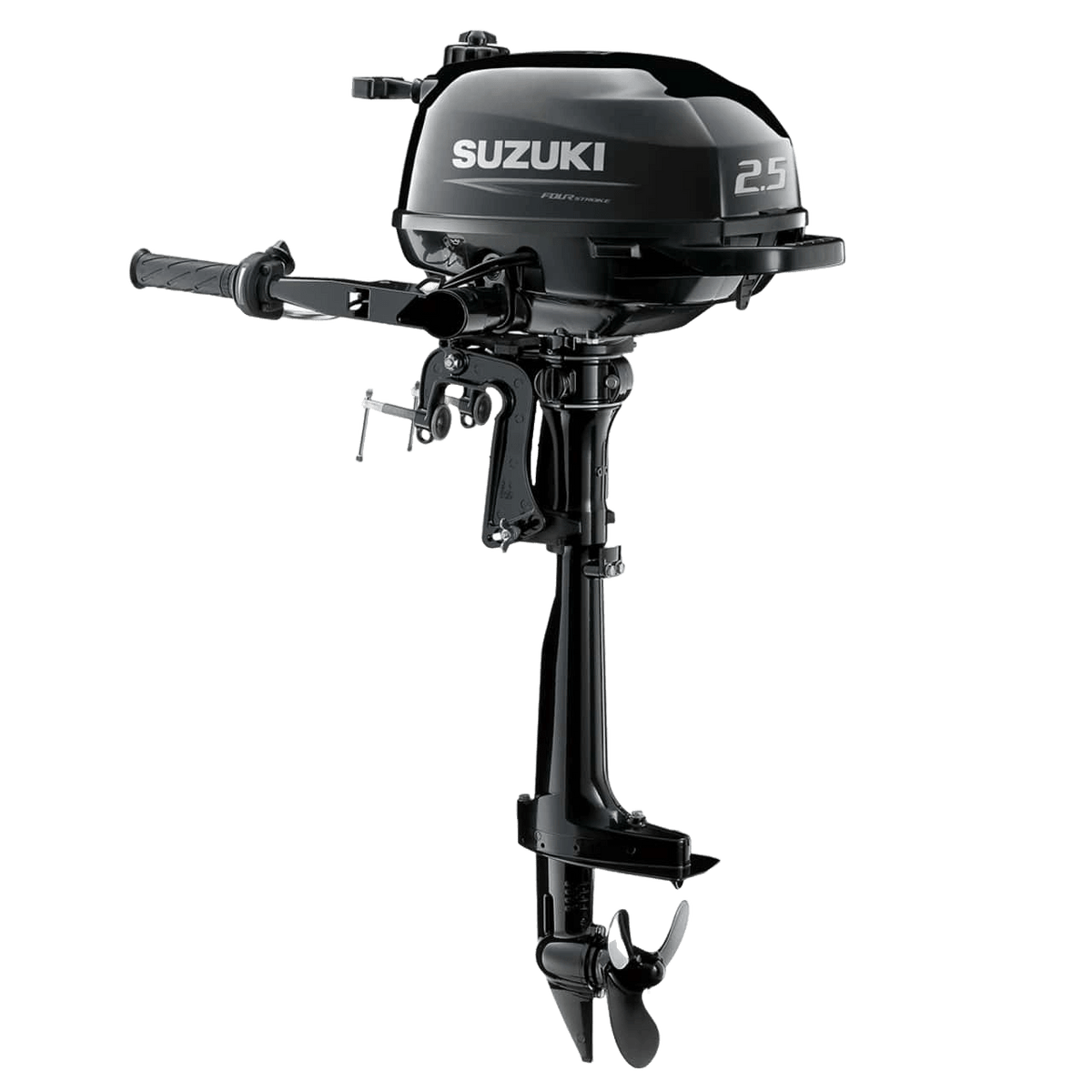I own the Honda 2.3 and use it with my ~9 ft. inflatable. I've had two of them, since one of them got trashed in a gale over at Catalina that flipped my inflatable upside down with the engine attached! So after the first one was destroyed I decided to replace it with the same engine because I liked it enough to stick with it.
Overall, I think it's a really good engine. It's air cooled, so no impellers to change or cooling passages to clog. It sips fuel, as I guess you'd expect for a 2.3 hp. engine. Starts on the first pull, even when I haven't run it for a few months. And I appreciate the light weight when schlepping it on and off the boat, especially when wrestling to get it into and out of the dinghy.
One warning, though, which I think would not be unique to the Honda but would apply to any small outboard engine. Do whatever you can to avoid putting ethanol fuel in it. It can destroy the carb, sometimes to the point where even cleaning it out is not possible. The jets on that tiny carb are easily prone to damage from ethanol. This may not be an issue where you are located, but in California all the fuel out here has ethanol in it. I've used the Biobor additive and still managed to destroy a carb when the engine sat unused for about 10 months in 2018 due to a family emergency with my dad that that consumed all of my time, and I forgot about running it.
For me, the best solution has been to buy TruFuel at Home Depot and only run it with that. MaineSail had suggested doing this on his blog, but I had resisted going that route because the fuel is beastly expensive (comes out to something like $20/gallon). But I realized trying to save money on the fuel was a false economy in my case. That engine uses so little fuel that one can of it lasts me a really long time, just using the tender to motor from the mooring to the dinghy dock and back. The cost really is negligible.
One other thing you can do (and I had tried earlier) is to run the engine on typical ethanol-blended fuel but then, before you put it away, drain the tank, add the TruFuel, and run it with the TruFuel before putting the engine to bed. Or, if you are going to be on a long trip with lots of motoring, run the ethanol-blended fuel for most of the trip and switch to TruFuel at the very end. The point is that you want the last fuel going through the carburetor to be TruFuel before you put the engine to bed. For me, I came to realize that it used so little fuel for the kind of trips that I do that going through these extra steps really made no sense. I haven't had a lick of problems with that engine since I went the TruFuel route. I also find that the engine seems to run slighly better than it did with the ethanol-blended stuff.
By the way: I got a really good price on my Honda from
Online Outboards in Tennessee. They were also very good people to work with.




